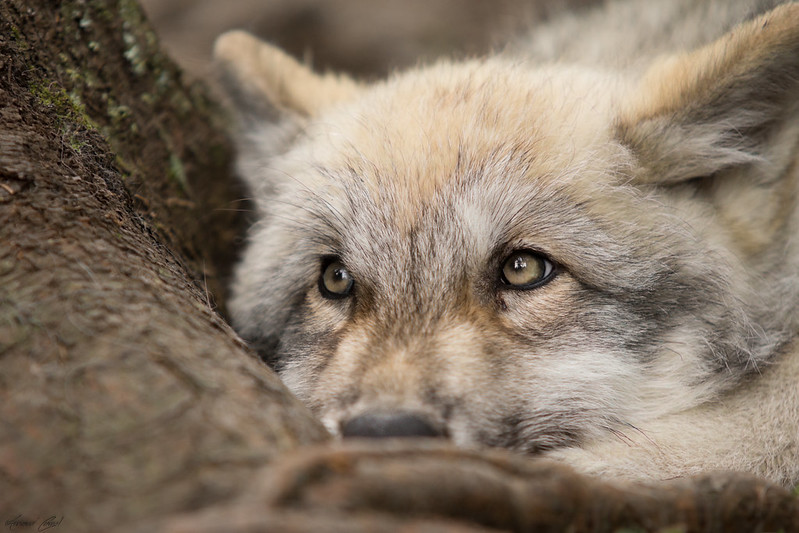STATEN ISLAND, N.Y. – What's it going to take? What's it going to take for the city and state to sit up and take notice of Staten Island's continuing and growing deer problem? Because with rutting season right around the corner, the problem is going to get worse before it gets better.
That means more deer wandering across our roadways. Or grazing in our backyards. Or just moseying through our neighborhoods.
Assemblyman Joe Borelli (R-South Shore) on Monday tweeted a photo of a dead deer being removed from a side street in Pleasant Plains.
"When will we just start with some signage?" Borelli posted.
That was a barb aimed at the city Department of Transportation. The DOT has thus far refused to post deer-crossing signs in areas where borough residents have reported heavy deer traffic.
The DOT has put up some mobile signs here and there, but hasn't utilized permanent signs because the city has no established regulations for doing so. Its bureaucracy at its best: We can't put in a safety measure because we don't have a procedural protocol for doing so. Classic.
The DOT also says that based on studies, the agency doesn't think that the signs would make for safer driving because they don't have a consistent impact on motorist behavior.
These are the same people, remember, who have made traffic safety their personal crusade. At least, they always talk about how they want to keep pedestrians safe. But drivers who may wreck a car, injure themselves or injure a passenger by broadsiding a deer? They're on their own. They don't even get a sign.
Maybe the city doesn't mind the fact that we need to slow down in order to keep our eyes peeled for deer. Slower moving vehicles fit right in with the Vision Zero agenda.
It's no wonder that borough residents have taken to putting up their own deer-crossing warning signs. When government fails, the people will step in.
There is also no plan yet for controlling the deer population. There are birth control methods out there that have proved successful in places that also have exploding deer populations, like Westchester. Why aren't we talking about that here?
The idea of a deer hunt has also been broached here and there. That's how the deer population is kept under control in other parts of New York and in states all over the country. But hunting is illegal in the five boroughs, and it's hard to imagine Mayor Bill de Blasio backing a change in that law.
Some folks have taken to illegally hunting down the deer themselves, a public safety nightmare all its own.
But something has to be done, because nature isn't doing its job. Staten Island's environment includes no natural predators for deer. That's a main reason why the number of deer in the borough has exploded from just 24 to 793 since 2008, according to a Parks Department survey.
Nationwide, there were 1.22 million car accidents involving deer from July 1, 2013 to June 30, 2013, according to State Farm. There are about 200 fatalities a year.
On top of that, deer ticks carry Lyme disease.
An exploding deer population is a serious safety issue. Deer also pillage foliage, causing environmental problems.
Maybe we should just let loose a bunch of coyotes and let nature take its course. Wolves and bobcats are also natural deer predators. Maybe we should give them a shot.
Nobody else is coming up with any ideas.
source






































